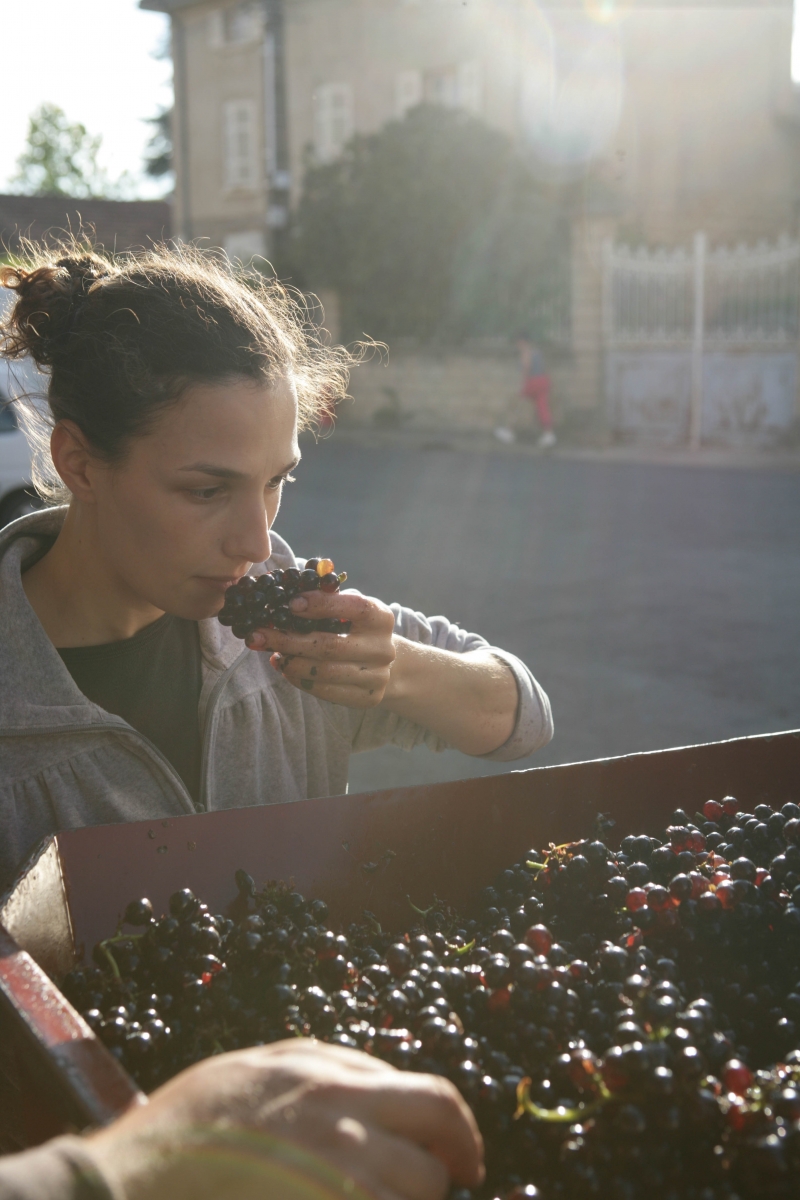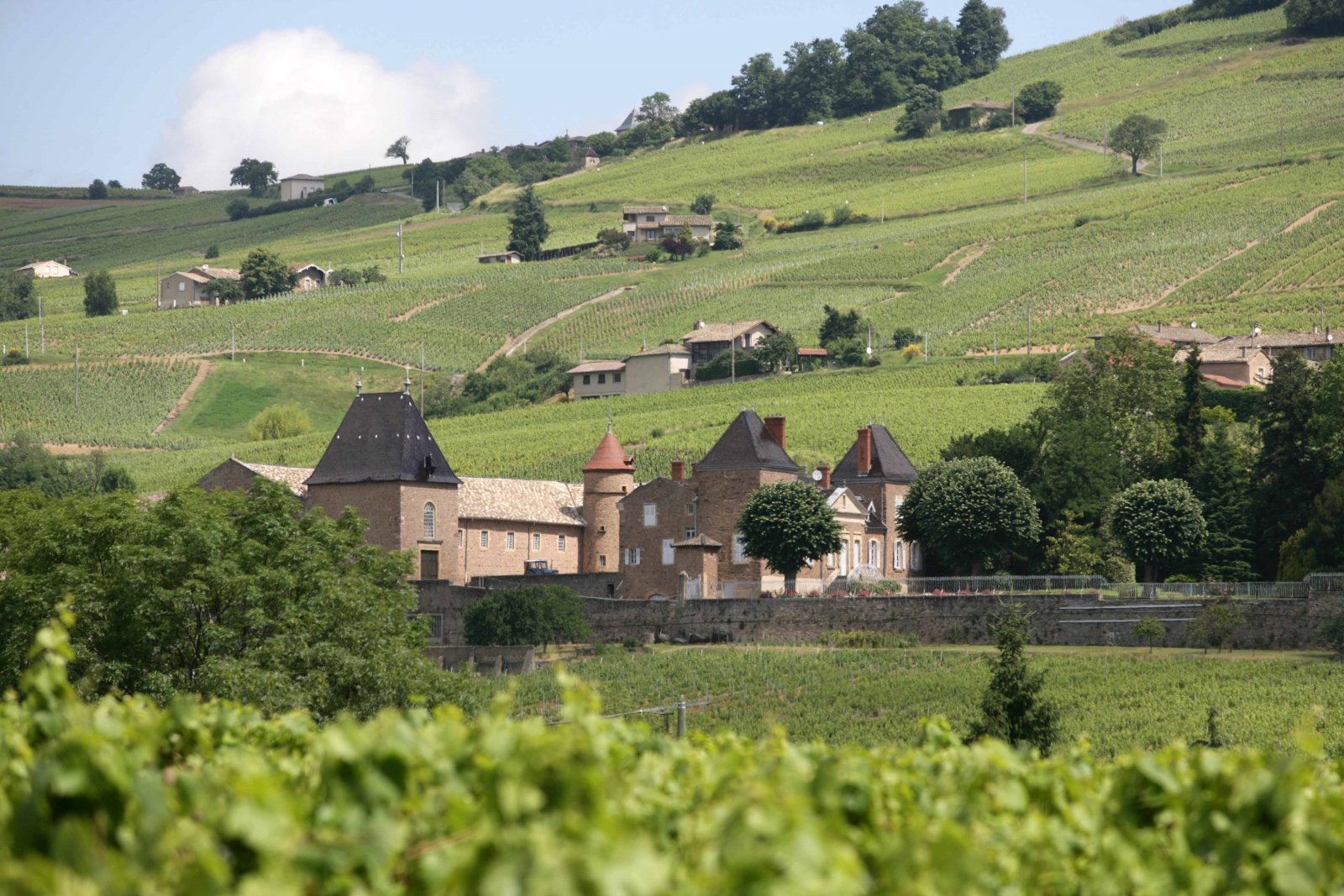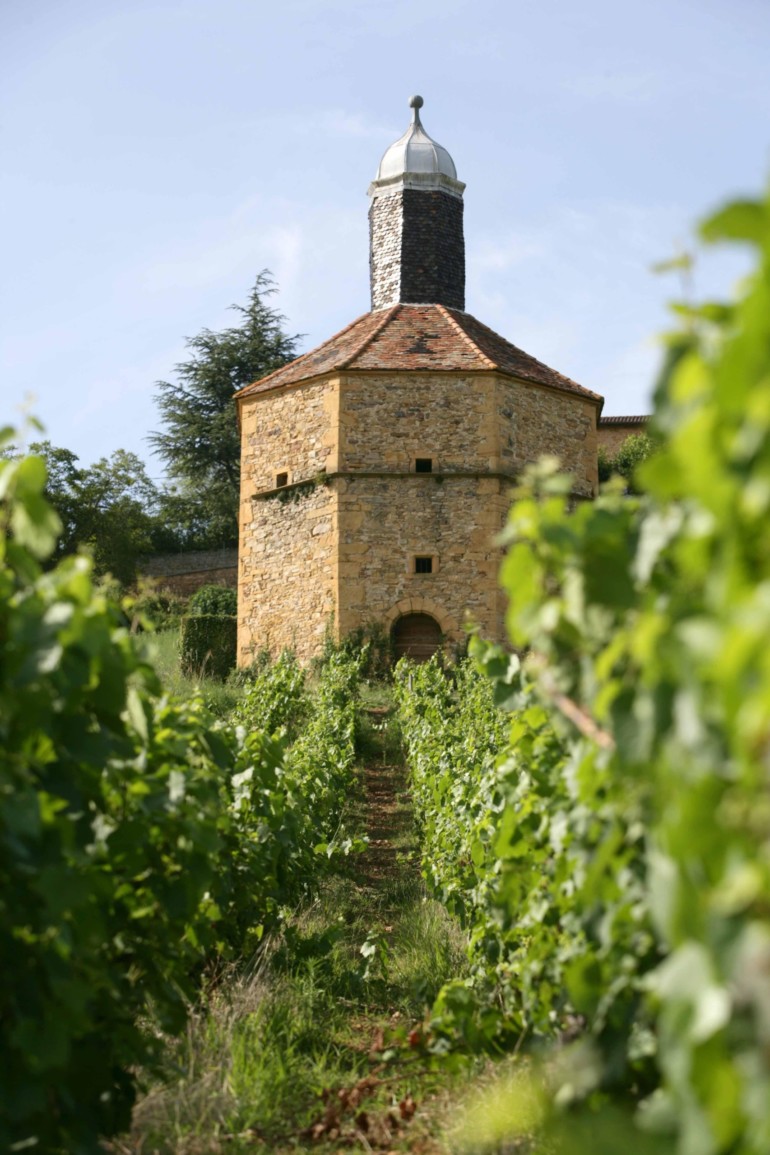When considering a fresh tasting, aromatic, food-friendly red wine to easily pair with a wide variety of foods, look no further than Gamay, the beautiful grape of Beaujolais located south of Burgundy, France, not far from its better-known and typically more revered cousin, Pinot Noir.
Gamay is such a compelling grape for many reasons. As one of the oldest wine regions in the world, Beaujolais’ soils of clay and granite contribute a stony, savory component, and with its tart, bright red fruit of strawberry and Bing cherry to its soft tannins and spice notes of light oak, it appeals on many levels.
Gamay’s delicate body, high acid and tendency towards low alcohol lends itself towards lighter, brighter fare and makes for an extremely versatile food pairing wine. Our palates are changing and moving away from less heavy dishes and sauces and more towards floral, herbaceous flavors, so medium-weight foods like roasted, herb-rubbed chicken, grilled fish, grilled pork tenderloin, and cured meats are ideal pairings. Another unique attribute is that the wines can be slightly chilled and can also transition, gracefully, from appetizers into dinner.
The reasons to love this grape are vast, not the least of which is the wines are totally affordable.
Beaujolais seems to be gaining some momentum in restaurants from sommeliers across the country. Its newfound darling status could be following the ongoing explosion of enthusiasm for Roses which, in some ways, stylistically, mimic the same lightness and brightness of the wines of Beaujolais.
But perhaps the region sometimes gets overlooked because many think Beaujolais wines are only meant to be drunk young, and in the minds of wine enthusiasts, that may translate to a wine not worthy of much attention. But don’t be fooled. Some types are made into structured, more complex, and more age-worthy wines. These highly-regarded “Cru” wines are made from vineyards around 10 specific villages whose names adorn the labels: Brouilly, Chénas, Chiroubles, Côte de Brouilly, Fleurie, Juliénas, Morgon, Moulin–à–Vent, Régnié and Saint-Amour. These villages are distinctive due to their soil types, climate and geography otherwise known as “terroir” in wine speak. The wines from the surrounding and larger areas are named either Beaujolais Villages or simply, Beaujolais.
Beaujolais Nouveau, on the other hand, is a very different animal. Fermented for just a few weeks and immediately released for sale, traditionally, on the 3rd Thursday in November. This grapey style is a rather simple representation of Gamay and has most likely served as introduction to the wines and the region by most people.
I recently tasted 4 wines, 2 “crus”, French for “growths” or “vineyards of recognized quality”, one was a “village” wine situated between Fleurie and Morgon, and the 4th was labeled simply “Beaujolais”. They are all so uniquely different from each other.
One of the crus, a Chénas, is incredibly mineral, earthy and fuller-bodied with notes of crushed rock, cranberry, Bing cherry. It happened to make a fabulous pairing with my smoked Turkey gumbo!
Stylistically, the second cru, Chiroubles, was lighter-bodied but still vibrant and a great entry-level wine into the world of cru Beaujolais whereas the wine I tasted from the larger region of Beaujolais and labeled as such was soft, floral and “pretty”, showing tons of finesse.
The Beaujolais Villages wine was juicy and tasted of wild berries with very soft tannins.
The diversity of this underrated wine region is refreshingly gratifying. I urge you to explore…it will not disappoint!



